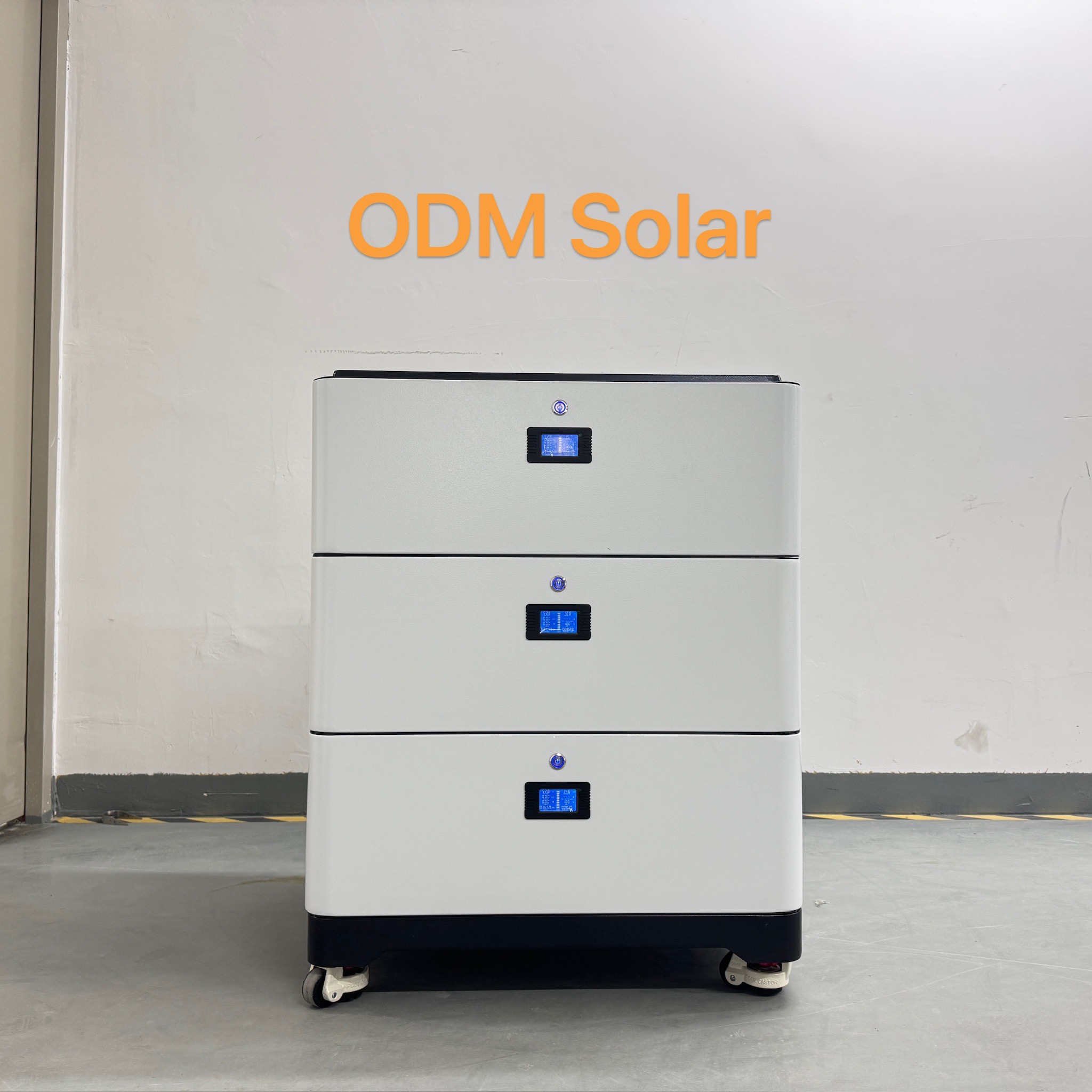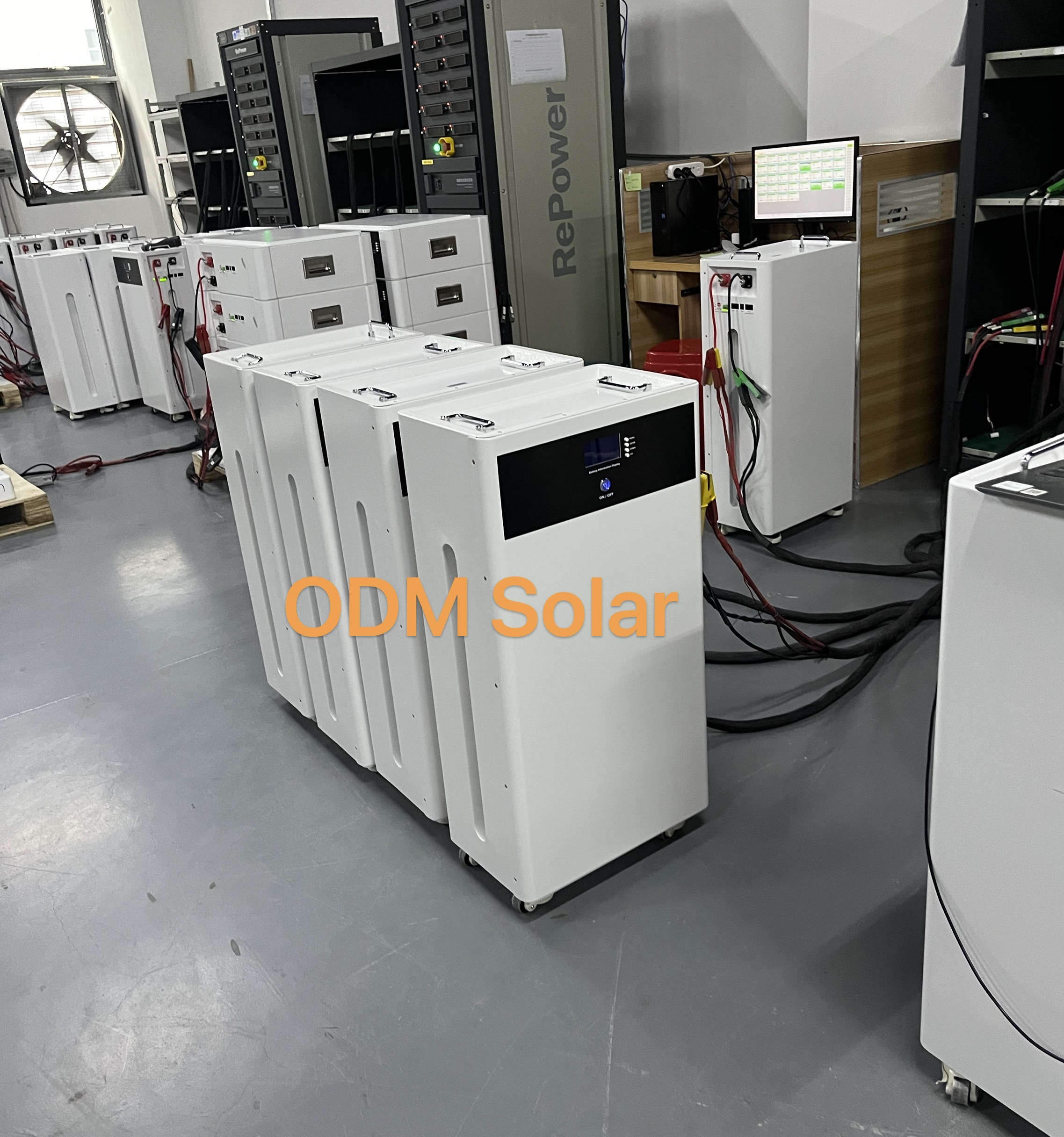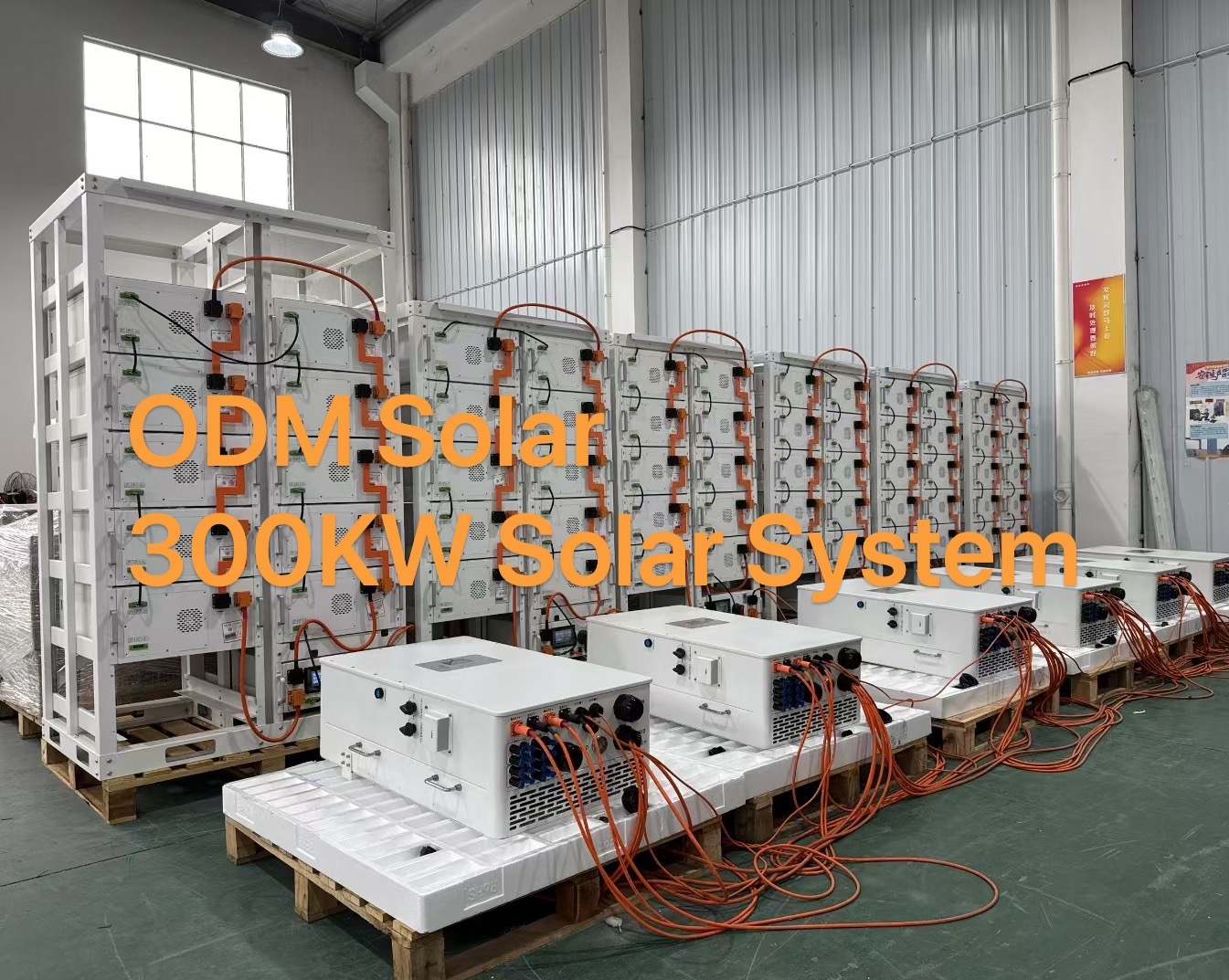Stacked Batteries: The Future of Energy Storage?
As renewable energy adoption grows, efficient energy storage solutions are becoming increasingly important. One emerging innovation is stacked battery systems, which allow multiple batteries to be connected for greater capacity and flexibility. In this blog, we’ll explore what stacked batteries are, how they work, their benefits, and whether they’re the right choice for your solar or off-grid power system.
What Are Stacked Batteries?
Stacked batteries (or battery stacking) refer to connecting multiple battery units—either in series, parallel, or a hybrid configuration—to increase:
Capacity (kWh) – More stored energy for longer backup.
Power Output (kW) – Higher discharge rates for heavy loads.
Scalability – Easily expand storage as needs grow.
Common battery types used in stacking include:
✔ Lithium-ion (LiFePO4) – Most popular (e.g., Tesla Powerwall, EG4, Bluetti).
✔ Lead-acid – Cheaper but less efficient.
✔ Saltwater & Flow Batteries – Emerging alternatives.
How Do Stacked Battery Systems Work?
There are three main ways to stack batteries:
1. Series Connection (Higher Voltage)
Voltage adds up, capacity stays the same.
Example: Two 12V 100Ah batteries in series = 24V 100Ah.
Best for off-grid inverters requiring higher voltage.
2. Parallel Connection (Higher Capacity)
Capacity adds up, voltage stays the same.
Example: Two 12V 100Ah batteries in parallel = 12V 200Ah.
Ideal for extending backup time.
3. Series-Parallel Hybrid (Balanced Increase)
Combines both methods for higher voltage & capacity.
Example: Four 12V 100Ah batteries (2S2P) = 24V 200Ah.
Benefits of Stacked Battery Systems
Scalability – Start small, add more batteries later.
Higher Energy Storage – More kWh for overnight or off-grid use.
Improved Efficiency – Some systems allow modular management.
Redundancy – If one battery fails, others keep working.
Cost Flexibility – Buy batteries in stages instead of one large unit.
Challenges & Considerations
Compatibility – Not all batteries can be stacked (check manufacturer specs).
Balancing Issues – Uneven charging/discharging can reduce lifespan.
Complex Wiring – Requires proper setup to avoid safety risks.
Inverter Limits – Ensure your inverter supports the voltage/capacity.
Pro Tip: Use a Battery Management System (BMS) to optimize performance and safety.
Are Stacked Batteries Right for You?
Best For:
Off-grid solar systems needing extended storage.
Home backup power during outages.
EV charging & high-power appliances.
Businesses with variable energy demands.
Alternatives:
Single large battery (simpler but less flexible).
Grid-tied net metering (if available).
Final Thoughts
Stacked battery systems offer a flexible, scalable, and cost-effective way to expand energy storage. As battery tech improves, stacking will likely become even more efficient—making it a smart choice for future-proof solar and backup power setups.
Want help designing a stacked battery system? Consult a solar installer or use online sizing tools to match your needs!
Have you used stacked batteries? Share your experience in the comments!
Follow us for more solar & energy storage tips!
Would you like a deeper dive into specific battery brands or wiring setups? Let me know!









